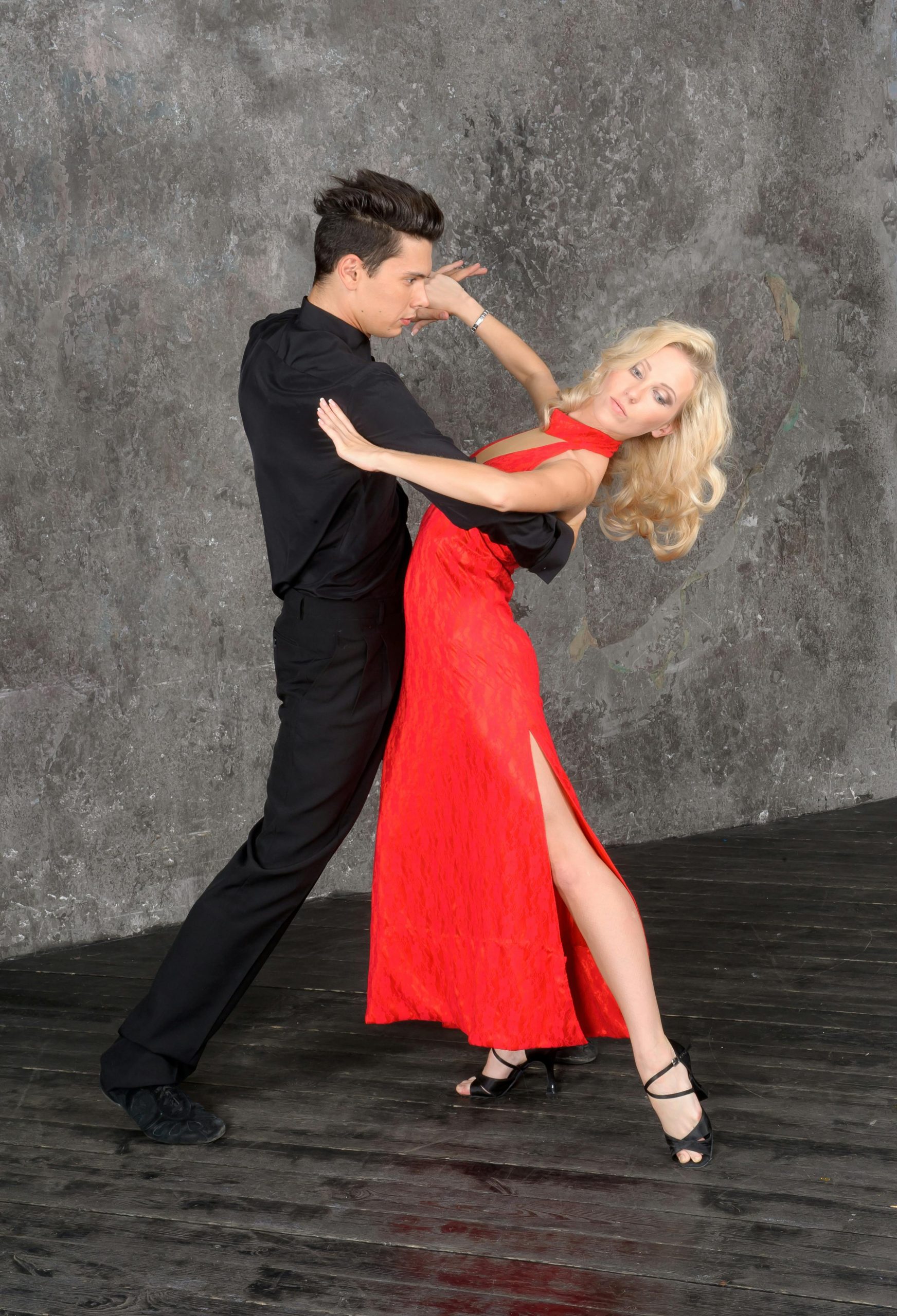Introduction:
In the ever-evolving tapestry of fashion and design, the allure of the past holds a unique and enduring charm. The Retro Revival, a movement celebrating the resurgence of styles from the ’50s, ’60s, ’70s, and ’80s, reflects a collective nostalgia and appreciation for the aesthetics, values, and simplicity of bygone eras. This article delves into the reasons behind this phenomenon, its manifestations across various domains, and the impact it has on contemporary culture.

The Roots of Retro Revival:
- Nostalgia: A longing for the past, often idealized, drives the retro trend. For many, vintage styles evoke memories of a simpler time, offering comfort in today’s fast-paced world.
- Sustainability: The growing awareness around sustainability has made vintage and second-hand items more appealing. By repurposing and revaluing old items, we reduce waste and promote a more sustainable lifestyle.
- Individuality: Retro styles offer a break from the homogeneity of mass-produced fashion and design, allowing individuals to express their unique identity and flair.
Manifestations of the Retro Revival:
- Fashion: The fashion industry sees periodic returns of vintage trends, from bell-bottom jeans and polka dots to neon colors and shoulder pads, each revival adapted to fit contemporary tastes while retaining its vintage essence.
- Interior Design: Mid-century modern furniture, retro appliances, and vintage wallpapers are making a comeback in homes, blending modern sensibilities with retro charm to create spaces that feel both nostalgic and fresh.
- Entertainment: The entertainment industry has tapped into retro nostalgia, with the resurgence of vinyl records, the revival of classic TV shows and movies, and the incorporation of retro aesthetics into new productions.
- Technology: Even in technology, there’s a fascination with the past, seen in the popularity of retro gaming consoles, vintage-style modern gadgets, and software interfaces that mimic the look of earlier digital eras.
The Impact of Retro Revival:
- Cultural Reinterpretation: The revival of past styles encourages a reinterpretation of historical and cultural contexts, prompting discussions about the values, advancements, and challenges of those times.
- Economic Sustainability: The demand for vintage items has spurred growth in markets like thrift shopping, vintage boutiques, and online platforms specializing in retro goods, contributing to a circular economy.
- Creative Inspiration: The retro aesthetic serves as a rich source of inspiration for artists, designers, and creators, encouraging a fusion of old and new elements to produce innovative and compelling works.
Conclusion:

The Retro Revival is more than just a fleeting trend; it’s a testament to the timeless appeal of the past and its continued influence on the present and future. By embracing vintage styles, we not only pay homage to the beauty and creativity of earlier decades but also advocate for sustainability and individuality in our consumption and creative expression. As we move forward, the retro revival reminds us that looking back can often be a way to innovate and inspire as we navigate the complexities of the modern world.
The enduring popularity of the Retro Revival underscores a universal truth: in fashion, design, and culture, everything old is new again, and the past will always find a way to enchant and inspire future generations.

